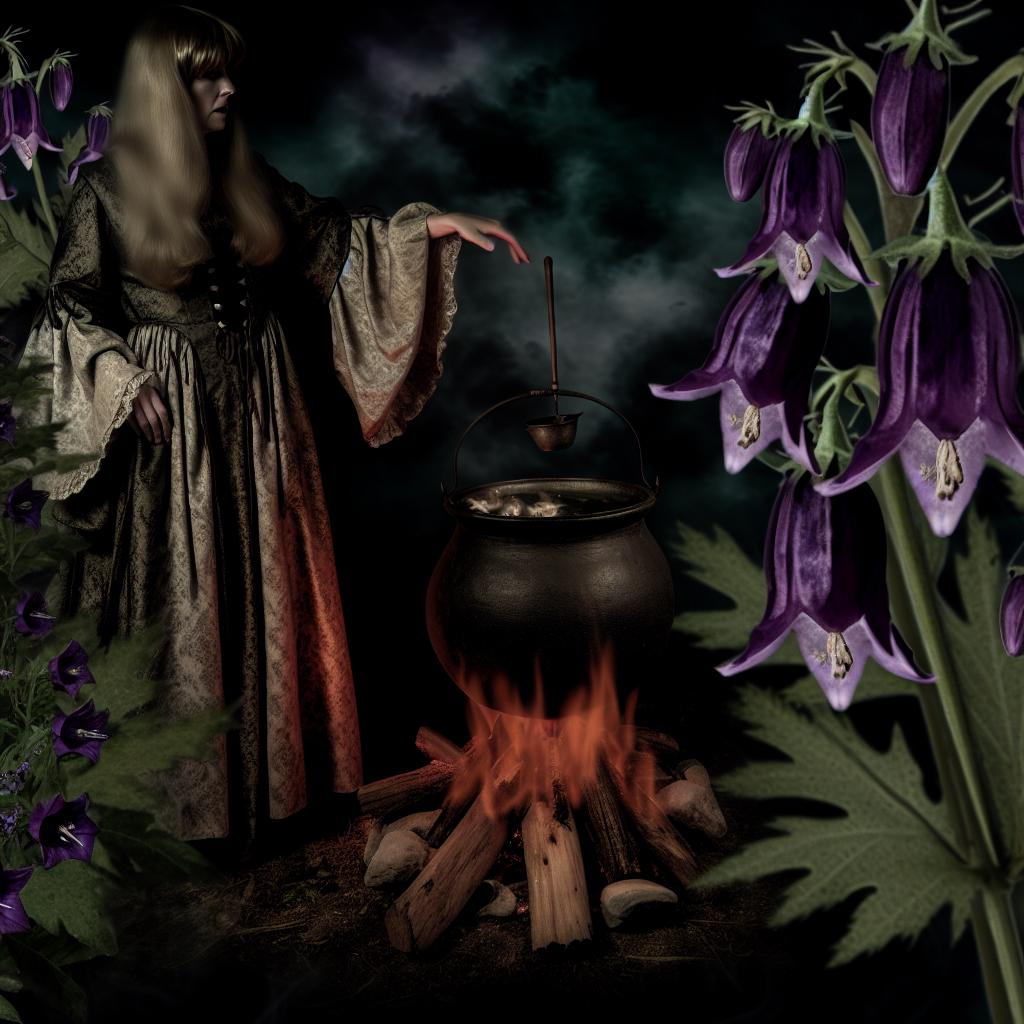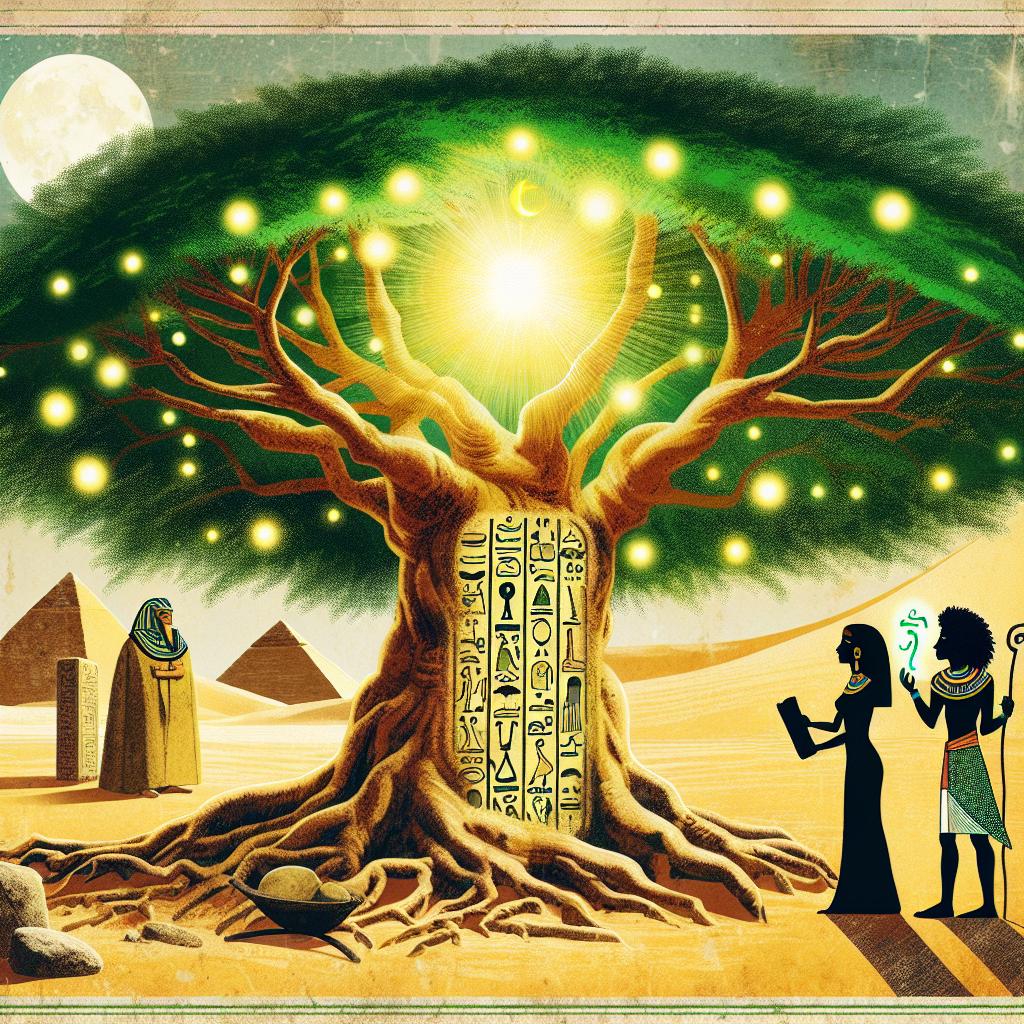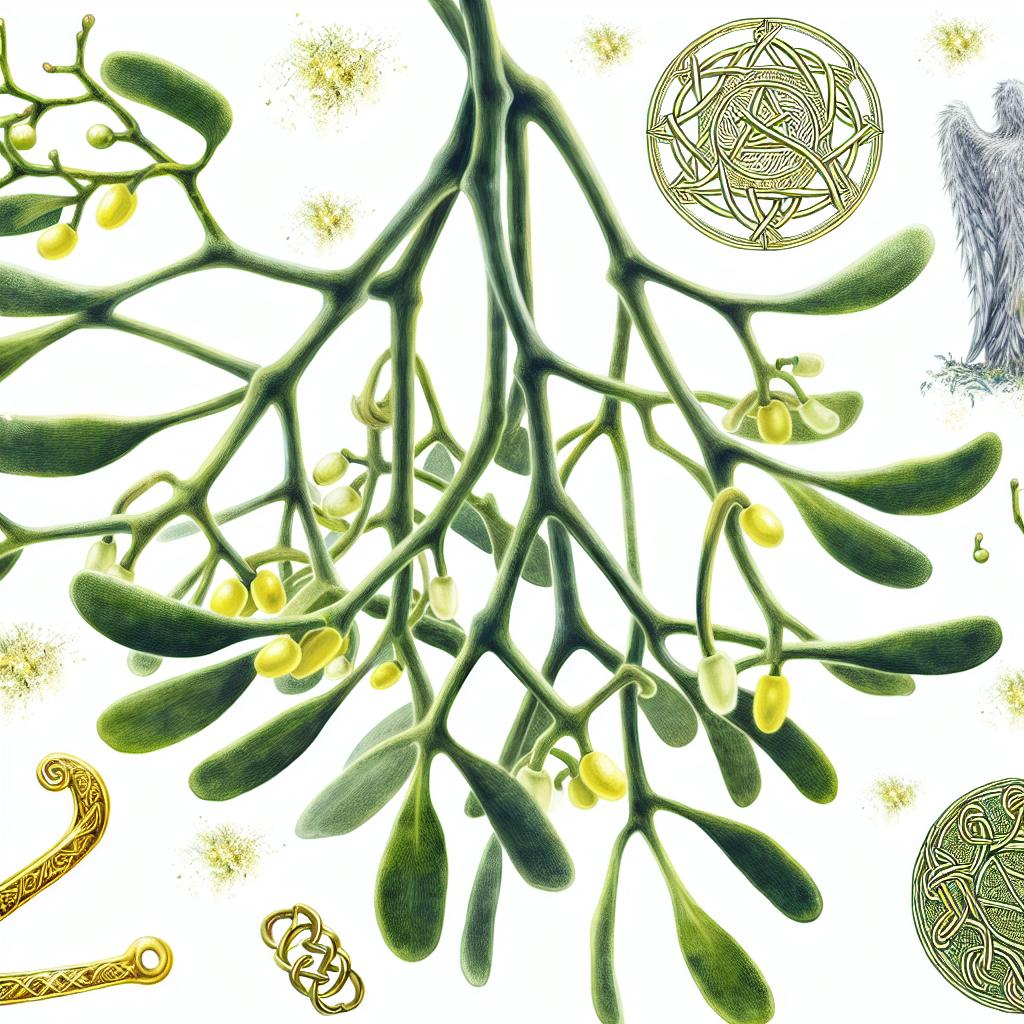Introduction to Belladonna in European Witchcraft
Belladonna, scientifically named Atropa belladonna, is a perennial herb native to regions such as Europe, North Africa, and Western Asia. Known commonly as deadly nightshade, this plant holds a notable reputation with a long-standing connection to European witchcraft and rituals. The plant’s mystical and toxic attributes are linked to its content of tropane alkaloids, substances known to cause hallucinogenic effects when ingested or applied.
The Historical Context of Belladonna
Historically, belladonna has been intertwined with numerous magical practices and folklore. In ancient Roman culture, the plant was named after Atropos, one of the mythological Fates responsible for cutting the thread of life, thus symbolizing its lethal potential. By the medieval period, the association of belladonna with witchcraft had strengthened significantly. This alignment largely grew out of the plant’s use in flying ointments, concoctions believed to allow witches to fly or enter a trance-like state beneficial for their mystical activities.
Belladonna in Ritual Use
In European rituals, belladonna played a dual role. Beyond its psychoactive properties, it was also integrated into protective spells and divination practices. Historical narratives suggest that witches employed belladonna to communicate with spirits or traverse into otherworldly realms. The plant’s intoxicating effects made it particularly desirable in rituals where an altered state of consciousness was desired. This quality made it an integral part of various spiritual practices aimed at enhancing perception or gaining insights beyond the mundane.
Preparation and Components
The potent effects of belladonna are due to the presence of specific alkaloids: atropine, scopolamine, and hyoscyamine. These chemical compounds are primarily responsible for the plant’s significant impact on humans. Given its potency, handling belladonna required considerable care, with practitioners preparing it through specific methodologies to manage and control its effects. Traditional preparation methods included brewing the plant into teas or incorporating it into ointments. The processes were meticulously followed to harness the desired outcome while minimizing adverse effects.
Modern Perspective and Safety Concerns
In contemporary times, the use of belladonna is surrounded by caution, primarily due to the plant’s inherent potential for toxicity and the risk of overdose. While its historical role in witchcraft and rituals continues to intrigue, there is a stronger emphasis today on understanding and respecting its dangers. Among modern herbalists and within magic circles, safer alternatives to belladonna are often recommended. These alternatives provide similar benefits without the high risk associated with belladonna.
The modern approach towards plants like belladonna is not solely characterized by avoidance but rather a balanced respect for their medicinal and ritualistic heritage, weighed against a thorough understanding of their potential risks. Many contemporary practitioners focus on education around safe practices and the exploration of less hazardous plants that can be utilized in spiritual and healing contexts.
For those keen on acquiring more extensive insights into the historical and modern uses of plants in magical and ritualistic settings, delving into resources specifically dedicated to this subject can be particularly enlightening. Such resources are invaluable, as they offer comprehensive data regarding the lore, applications, and even the vital safety precautions necessary when engaging with potent plants like belladonna.
To summarize, while the mystique surrounding belladonna in European witchcraft remains a subject of fascination, contemporary practice dictates a circumspect approach to its use. The intertwining of history, lore, and modern understanding creates a rich tapestry that highlights both the allure and the caution required in plant-based practices. Embracing a well-rounded knowledge base not only honors the historical significance of belladonna but also promotes safe and sophisticated use in any current spiritual or medicinal endeavor. Such a balanced perspective ensures that the plant’s rich legacy can be appreciated in both its historical and modern-day contexts without compromising safety and well-being.



